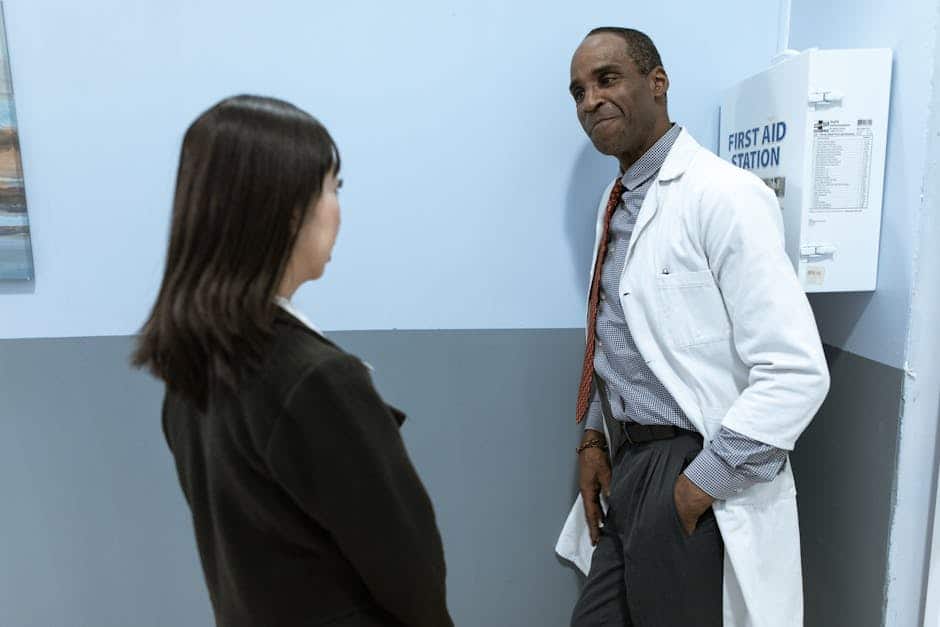Understanding Herniated Discs: Causes and Treatment Options
Back pain can be a real bump in the road, quite literally for some. When it hits, it can disrupt your daily routine, making even the simplest tasks feel monumental. One common culprit of back pain is a herniated disc. In this blog post, we’ll dive deep into what a herniated disc is, explore its causes, and outline effective treatment options. Let’s get you back to feeling your best! 😊
Table of Contents
1. Introduction to Herniated Discs
2. What is a Herniated Disc?
3. Common Causes of Herniated Discs
4. Symptoms to Watch For
5. Diagnosing a Herniated Disc
6. Treatment Options
a. Non-Surgical Treatments
b. Surgical Treatments
7. Preventing Herniated Discs
8. Conclusion
9. FAQs
Introduction to Herniated Discs
A herniated disc can range from mildly uncomfortable to downright painful. Understanding what it is and how it affects your body is crucial in managing and treating it effectively. Whether you’re dealing with persistent back pain or are curious about spinal health, knowledge is power.
What is a Herniated Disc?
Your spine is made up of a series of bones called vertebrae. Between these bones are small, cushion-like discs that help absorb shock and provide flexibility. A herniated disc occurs when the soft, gel-like center of a spinal disc pushes out through a tear in the tougher exterior, causing irritation to nearby nerves.
This condition is sometimes called a slipped or ruptured disc. It’s important to note that while it can happen anywhere along your spine, it most commonly affects the lower back.
Common Causes of Herniated Discs
Understanding the causes of herniated discs can help in both prevention and management. Here are some common factors:
Aging: As we age, our discs naturally lose some of their water content, making them less flexible and more prone to tearing.
Injury: Sudden strains or heavy lifting can push the disc out of place.
Repetitive Motions: Repetitive activities that involve bending or twisting can wear down the discs over time.
Genetics: Some people inherit a predisposition to developing a herniated disc.
Symptoms to Watch For
Not everyone with a herniated disc will experience symptoms, but when they do occur, they can vary widely. Common symptoms include:
Pain: Often in the lower back, buttocks, or legs (sciatica).
Numbness or Tingling: Particularly in the affected area, often radiating down the limbs.
Weakness: In the muscles served by the affected nerves, making it difficult to hold or lift items.
Diagnosing a Herniated Disc
Diagnosis typically involves a physical examination and a review of your medical history. Your healthcare provider may also recommend imaging tests such as an MRI or CT scan to confirm the diagnosis and assess the extent of the herniation.
Treatment Options
Treatment for a herniated disc depends on the severity of the symptoms and the location of the herniation. Let’s explore the options:
Non-Surgical Treatments
Most people find relief through non-surgical treatments, which may include:
Rest and Physical Therapy: Reducing activity and engaging in specific exercises can help alleviate symptoms and strengthen the muscles supporting your spine.
Medications: Over-the-counter pain relievers, muscle relaxants, and anti-inflammatory drugs can help manage pain and inflammation.
Heat/Ice Therapy: Applying heat or ice packs can provide temporary relief from pain and inflammation.
Surgical Treatments
If conservative treatments fail to provide relief, surgery may be considered. Surgical options include:
Discectomy: The removal of the protruding portion of the disc to relieve nerve pressure.
Laminectomy: Removing part of the vertebra to access and remove the herniated disc material.
Preventing Herniated Discs
While not all herniated discs can be prevented, certain lifestyle changes can reduce your risk:
Exercise Regularly: Strengthen your back and core muscles to support your spine.
Maintain a Healthy Weight: Excess weight puts additional strain on your spine.
Practice Good Posture: Whether sitting or standing, ensure your spine is well-aligned.
Lift Properly: Use your legs, not your back, when lifting heavy objects.
Conclusion
Living with a herniated disc can be challenging, but understanding the condition and exploring treatment options can make a world of difference. Whether you’re managing the condition through lifestyle changes or seeking medical intervention, taking proactive steps can help you regain control and improve your quality of life.
FAQs
Q: Can a herniated disc heal on its own?
A: Yes, many herniated discs improve over time with conservative treatments like rest and physical therapy.
Q: Is surgery always necessary for a herniated disc?
A: No, surgery is typically considered only if other treatments have failed to relieve symptoms.
Q: How long does it take to recover from a herniated disc?
A: Recovery time varies, but many people see improvement within a few weeks to a few months.
We hope this guide has provided you with valuable insights into herniated discs. Remember, listening to your body and consulting with healthcare professionals are key steps in managing your spinal health. Stay well, and take care! 🌟
